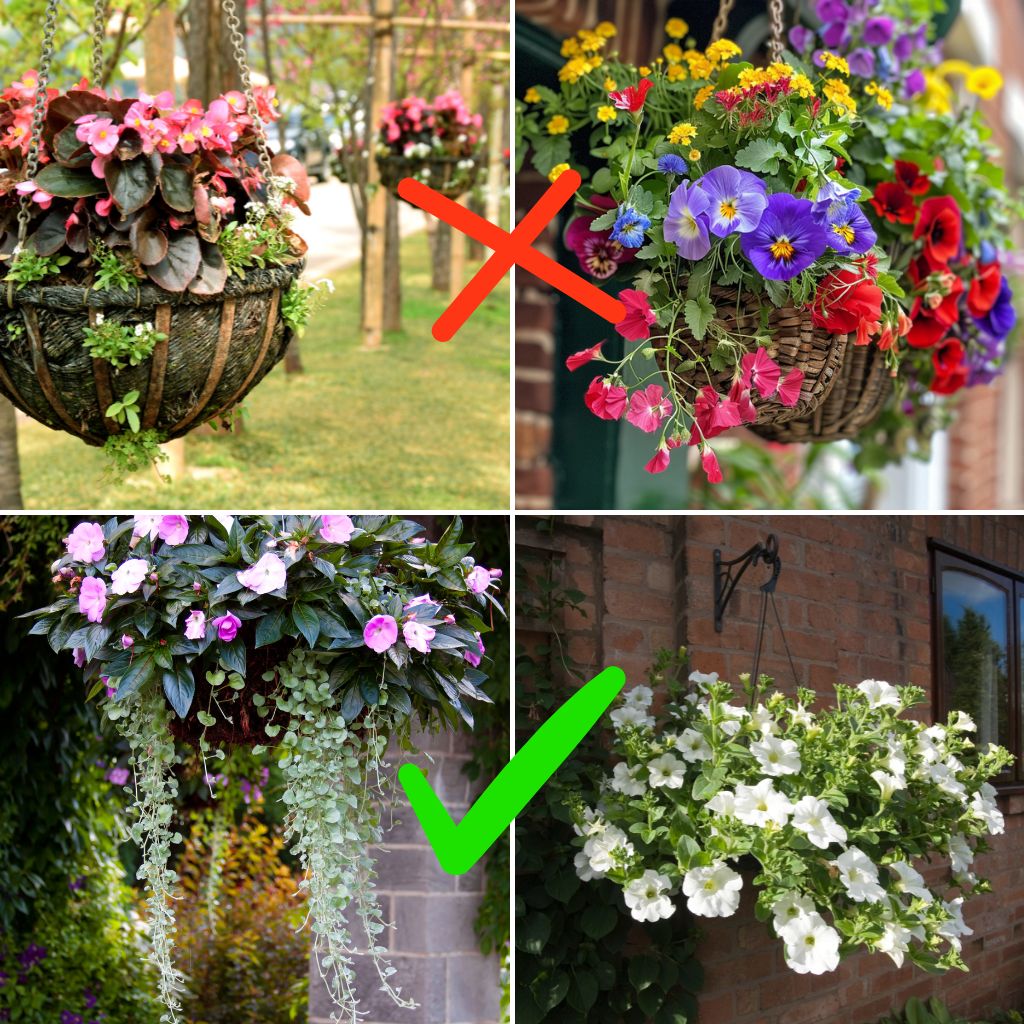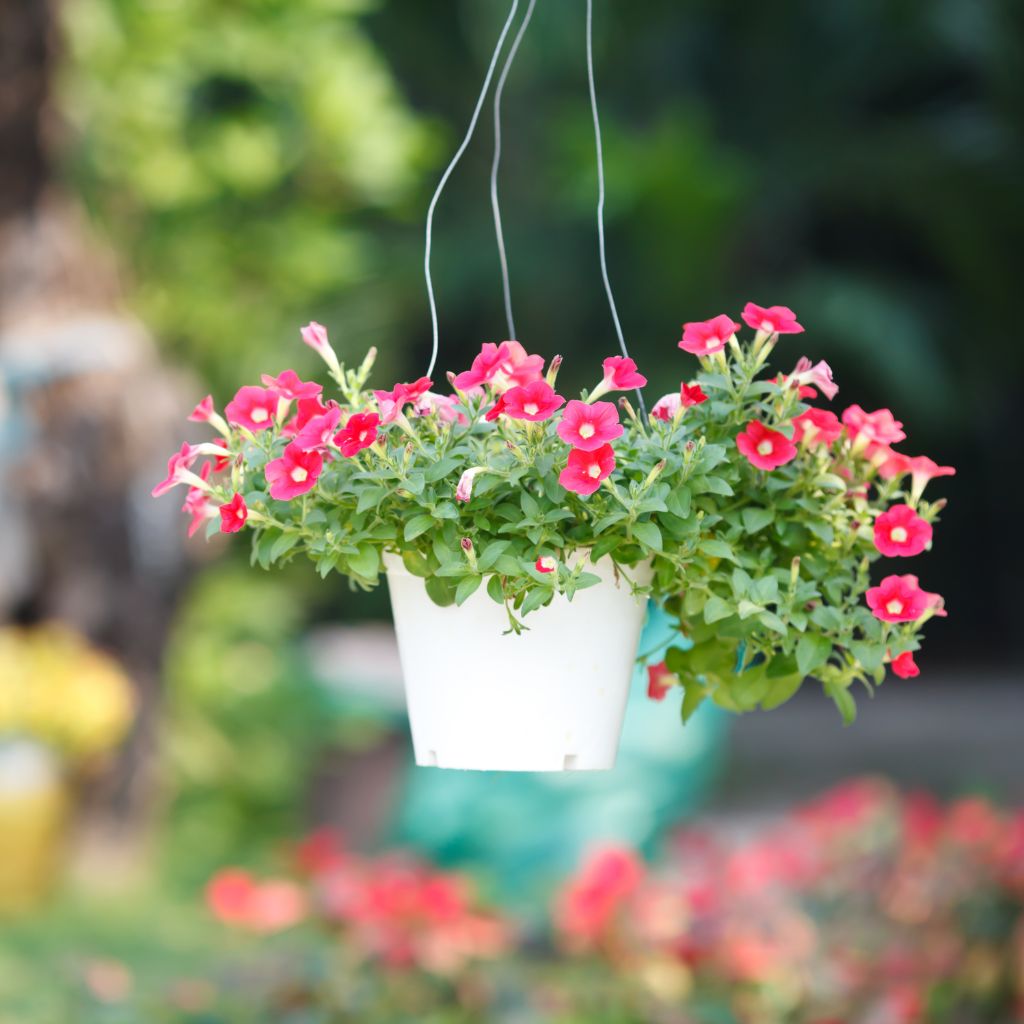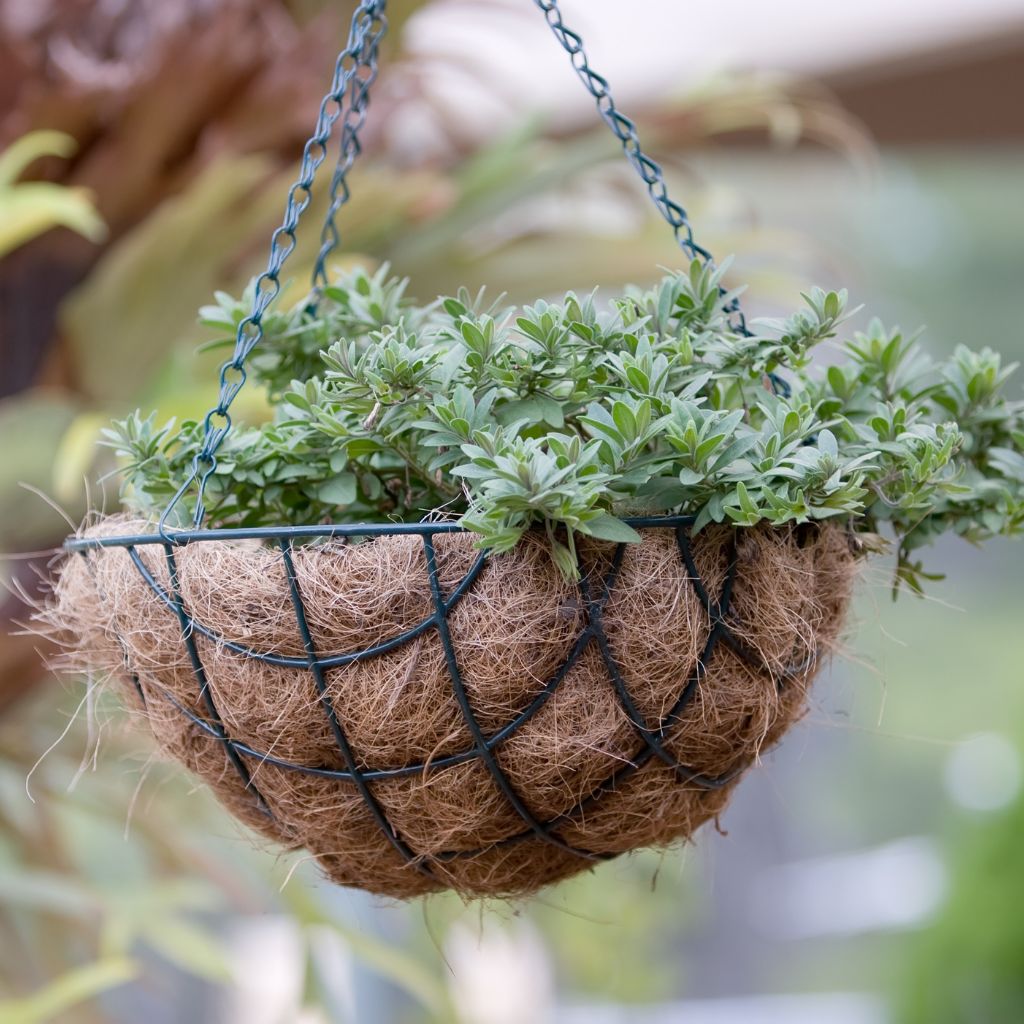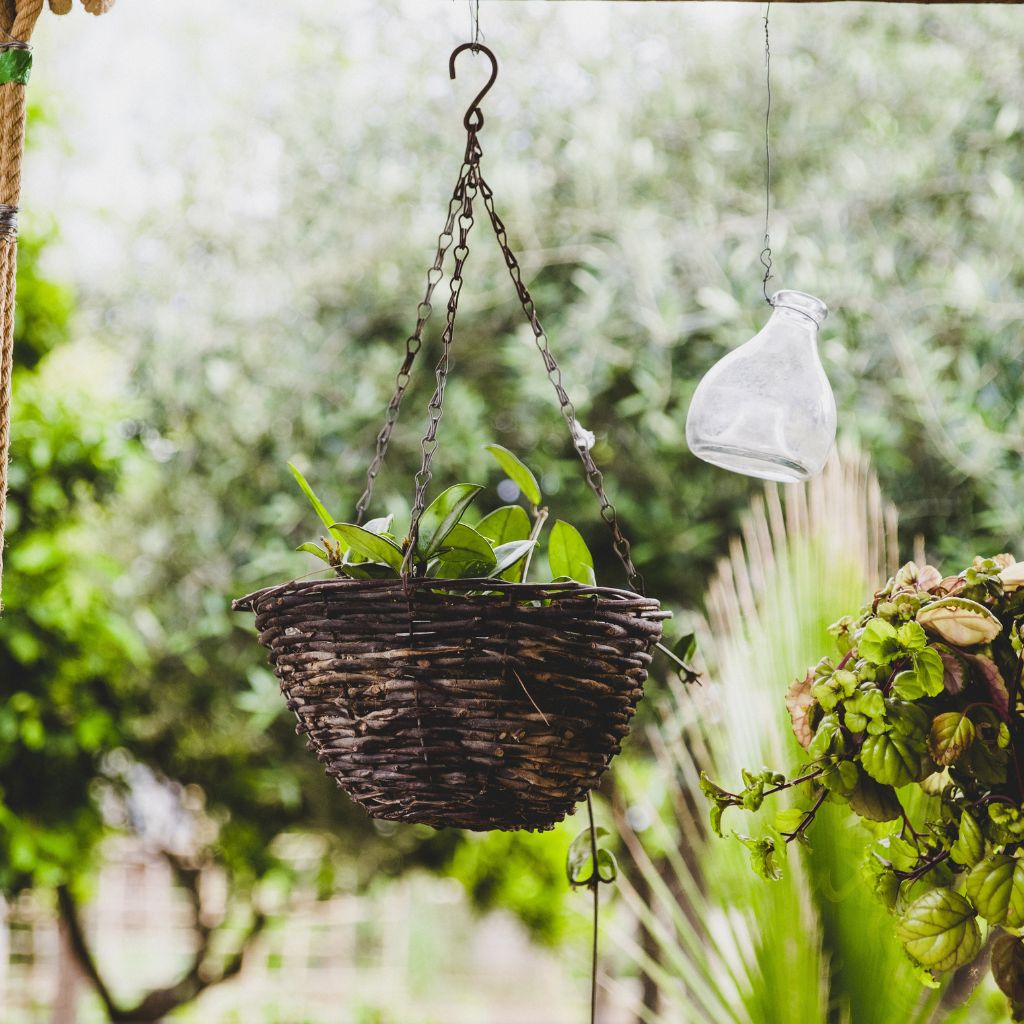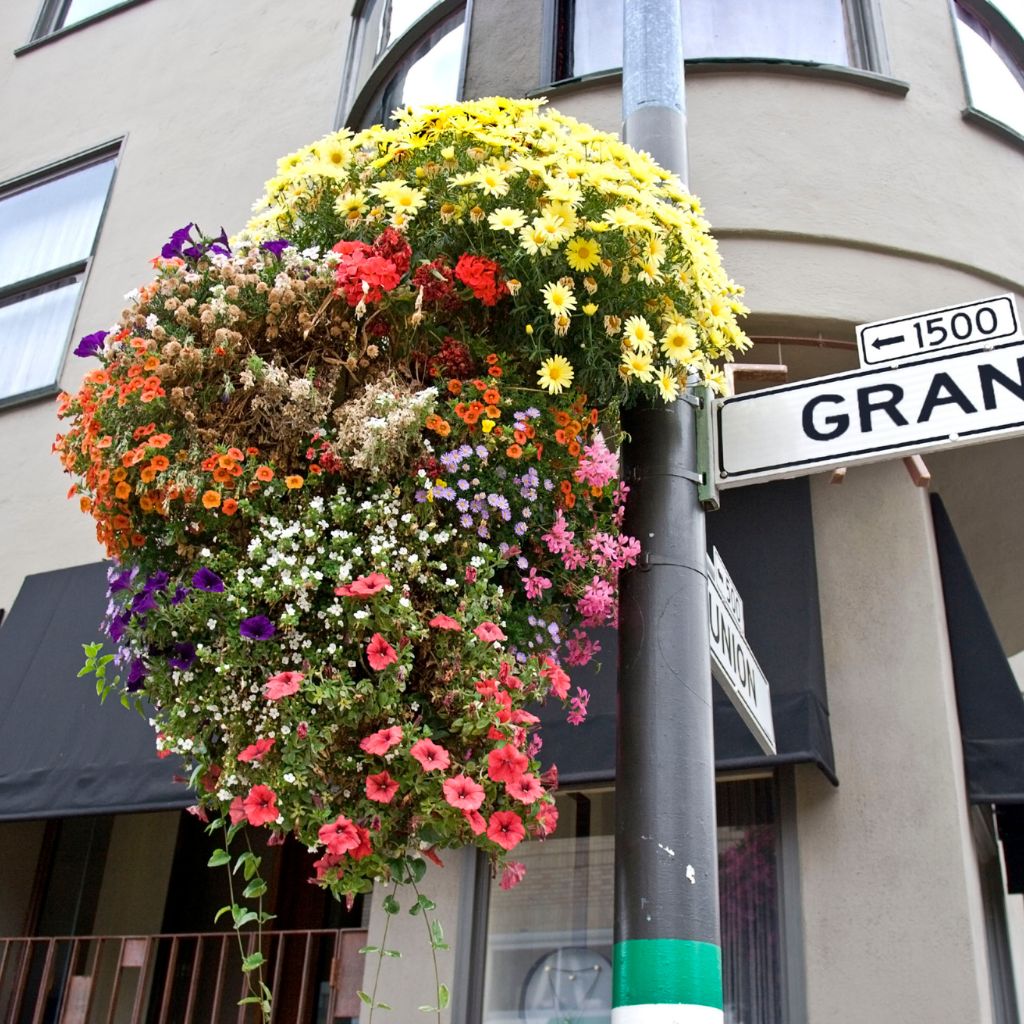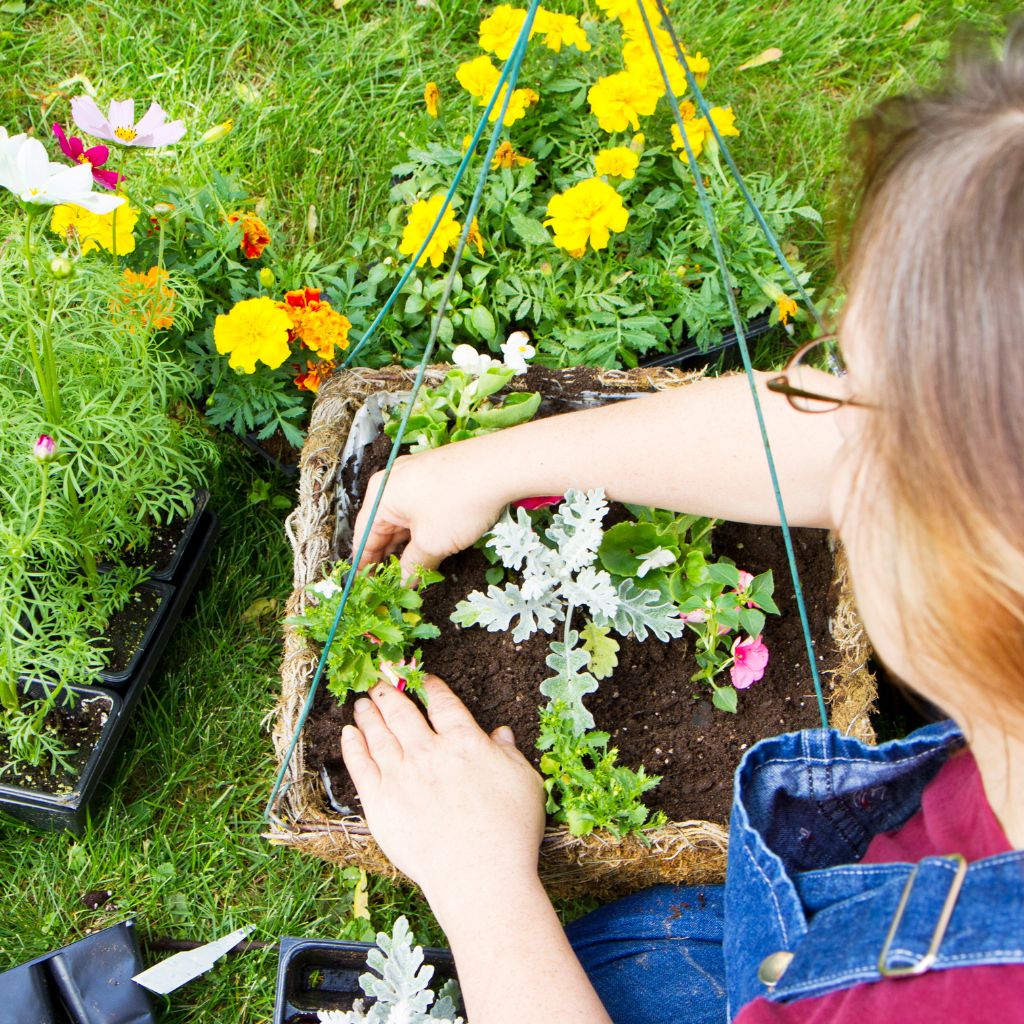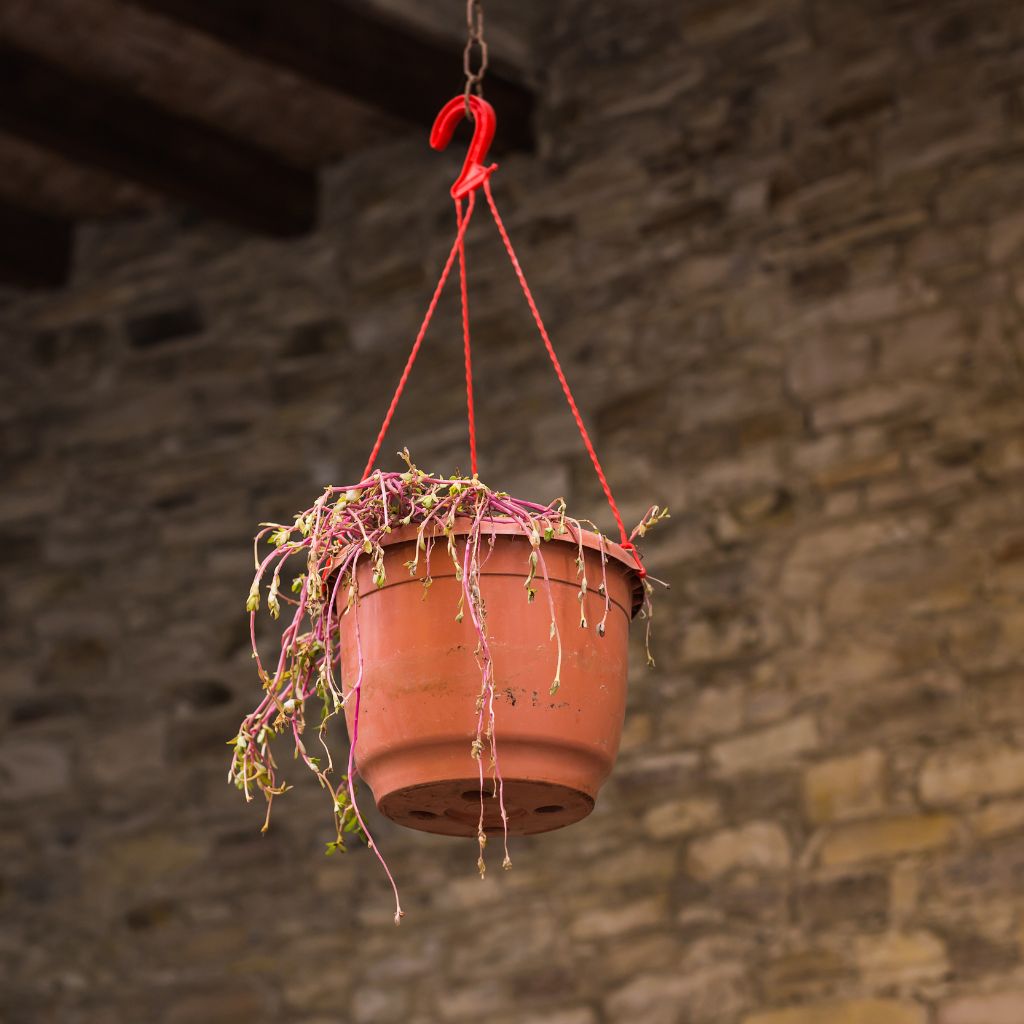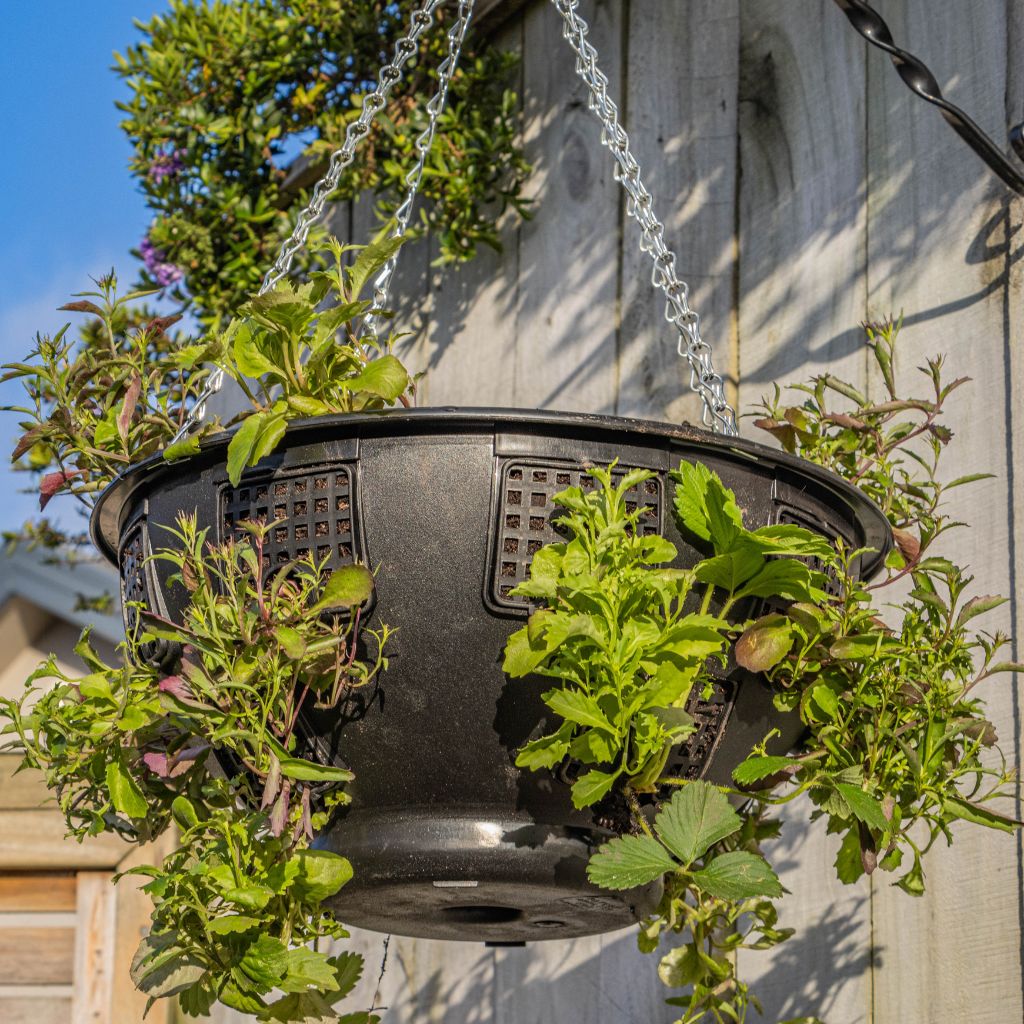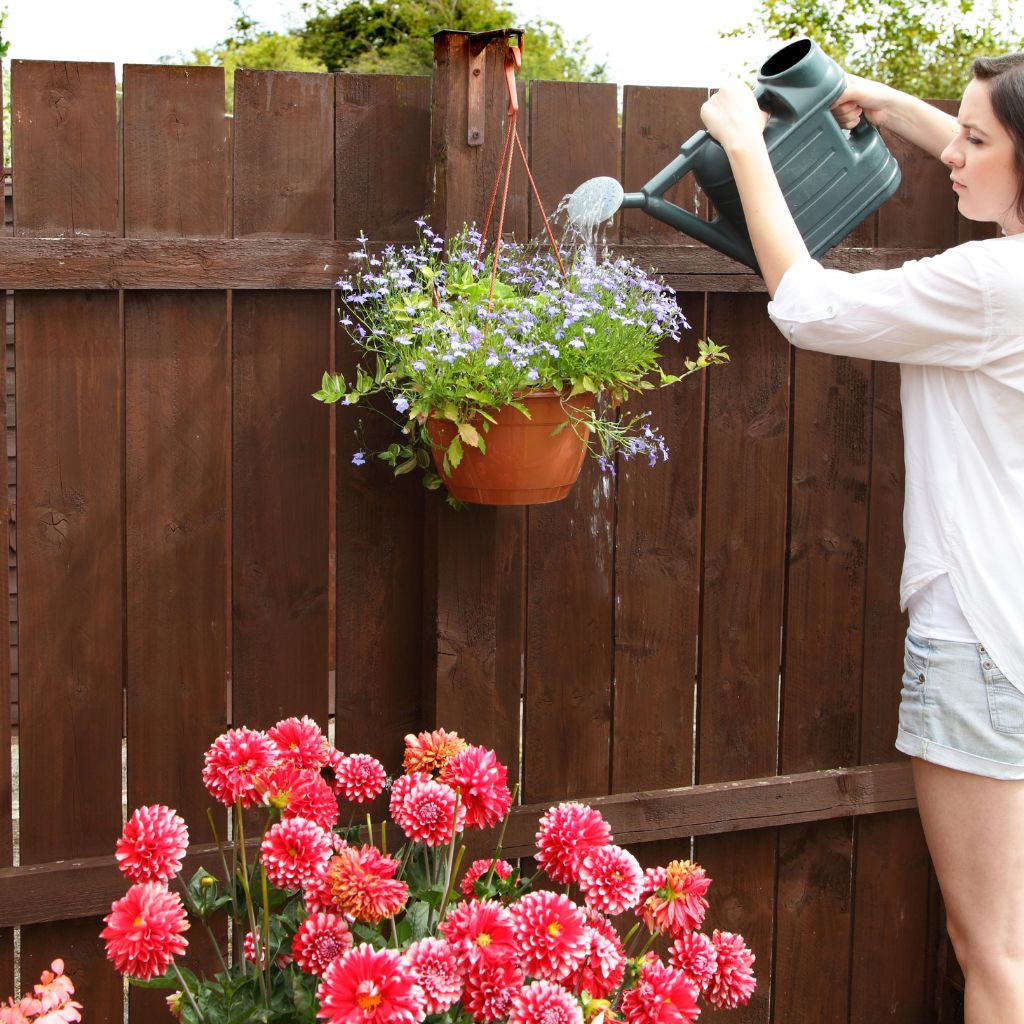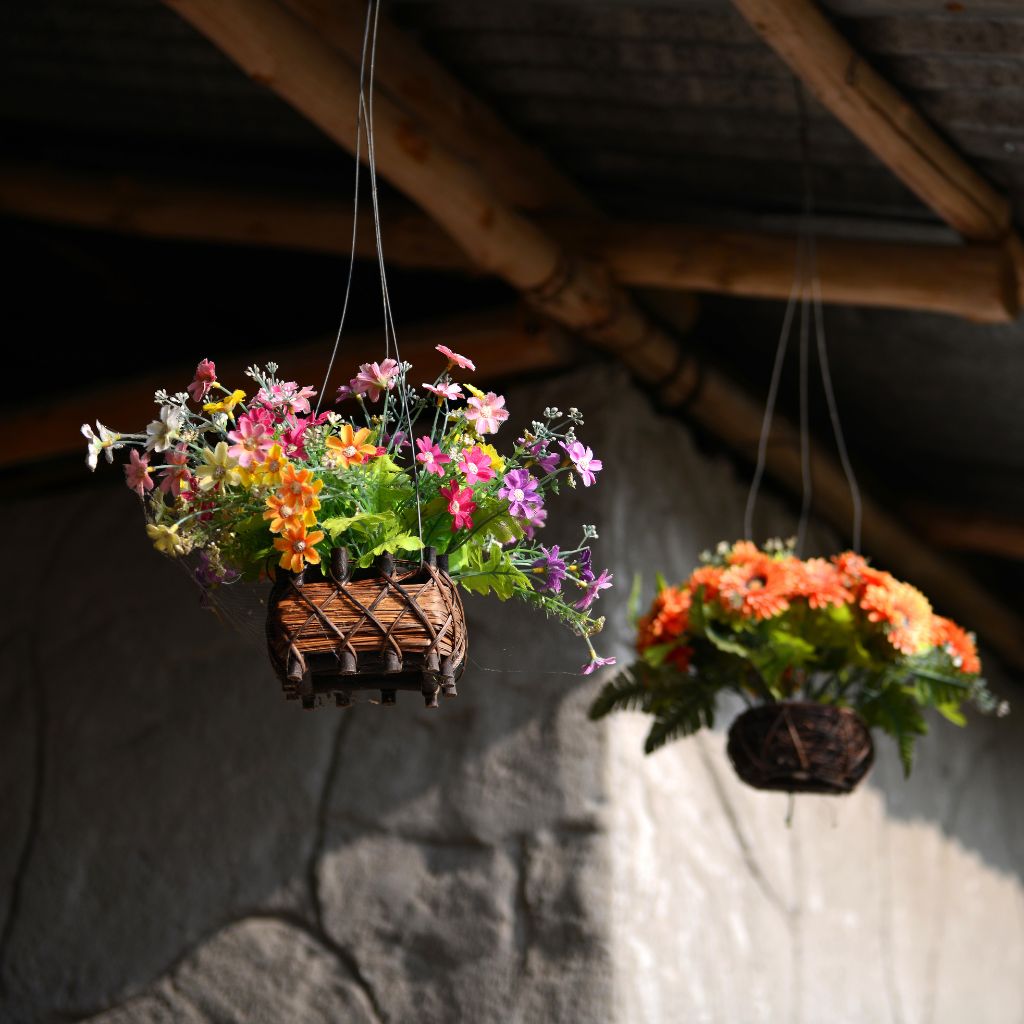Hanging baskets are a delightful way to add vibrant color and life to your outdoor spaces.
And is there anything more frustrating than seeing your once-beautiful hanging baskets droop and wither away? What if you could unlock the secrets to creating breathtaking hanging baskets that burst with color and vitality?
Hanging baskets can transform any outdoor space, but they require a bit of know-how to truly shine.
Here are 11 common mistakes gardeners make with hanging baskets and how you can avoid them to keep your garden vibrant all season long.
Mistake 1: Choosing the Wrong Plants
One of the biggest mistakes is selecting plants unsuitable for hanging baskets. It’s easy to be tempted by the beauty of a plant without considering its growth habits.
For example, climbers like Solanum jasminoides (potato vine) are not ideal for hanging baskets as they grow upwards rather than trailing down.
Recommended Plants for Hanging Baskets:
Petunia
Million bells (Calibrachoa)
Sweet alyssum (Lobularia)
Impatiens (Impatiens walleriana)
Moss rose (Portulaca grandiflora)
Pelargonium geraniums
English ivy (Hedera)
Burro’s Tail (Sedum morganianum)
Trailing Pansy (Viola wittrockiana)
Avoid tall-growing plants like cornflowers, poppies, and snapdragons unless using a miniature variety.
Mistake 2: Using the Wrong Size Basket
The size of your basket matters. Small baskets dry out quickly and may not hold enough soil, leading to poor root development.
On the other hand, large baskets can become very heavy when saturated with water, posing a challenge if not properly supported.
A mid-sized basket, around 15 inches in diameter, is often a good balance, providing enough soil without becoming overly heavy.
Mistake 3: Not Lining the Baskets
Lining your baskets helps retain moisture and prevents soil from falling out. Using materials like coco coir mats can be effective. They are natural, retain moisture well, and can be composted once they are no longer usable.
Mistake 4: Not Using Enough Potting Soil
Always use potting soil for hanging baskets, not garden soil or pure compost. Potting soil is lighter and provides the right balance of drainage and nutrients.
Ensure you fill the basket adequately, allowing room for the soil to settle over time. Adding perlite to the bottom can help improve aeration and prevent soil compaction.
Mistake 5: Letting the Baskets Get Too Dry
Hanging baskets can dry out quickly, especially if they are small or placed in full sun. Ensure you water them regularly and consider their placement for ease of access. If the basket is hard to reach, you may neglect watering it.
Mistake 6: Hanging Baskets in the Wrong Place
Choose a location that suits the plants’ needs and ensures safety. Avoid areas prone to high winds, places under overflowing gutters, or high-traffic zones where people might bump into them.
Mistake 7: Cramming Too Many Plants
Overcrowding can lead to poor growth as plants compete for light, space, nutrients, and water. Aim for one plant per inch of basket diameter (e.g., 12 plants for a 12-inch basket).
Also, consider the mature size of the plants to ensure they have enough room to grow.
Mistake 8: Not Maximizing the Space
Conversely, not using enough plants can leave your basket looking sparse. Fill the basket appropriately, ensuring a lush, full appearance. When planting, ensure each plant has room to grow and spread.
Mistake 9: Not Pruning, Trimming, or Deadheading
Regular maintenance is key to a healthy hanging basket. Prune, trim, and deadhead plants to encourage new growth and blooming. This also helps maintain the overall shape and aesthetics of the basket.
Mistake 10: Putting Too Much Weight on the Hook
Ensure your hook or hanging mechanism is sturdy enough to support the weight of a fully saturated basket. If necessary, upgrade to a stronger hook or create a wall-mounted arm hanger for additional support.
Mistake 11: Improper Watering
Overwatering or underwatering can both be detrimental. Check the soil moisture regularly and water when needed, ensuring proper drainage to prevent waterlogging. Consider using a moisture control potting mix to help maintain the right balance.
Final Tips
Creating beautiful hanging baskets takes a bit of planning and regular care. By avoiding these common mistakes, you can enjoy vibrant and healthy displays throughout the growing season.
Don’t be afraid to experiment with different plant combinations and placements. Remember, gardening is as much about learning from your mistakes as it is about enjoying your successes.
Do you have any additional tips or experiences with hanging baskets? Share them in the comments below! Happy gardening!

